Marrakech: Timeless Beauty, Vibrant Culture!
Table of Contents
In the heart of Morocco lies Marrakech, a city where time collides with color, culture, and history. Known as the Red City for its famous red sandstone walls, Marrakesh is a melting pot of ancient traditions and contemporary dynamism. This guide takes you on a journey through the bustling souks, grandiose architecture, and hidden corners of Marrakesh, offering an immersive experience into its unique charm.
The Echoes of History: Marrakech’s Timeless Legacy
Founded in the 11th century by the Almoravid dynasty, Marrakech is a city steeped in history. Its medina, a labyrinth of winding alleys and bustling markets, is encased within ochre walls, standing as a testament to its storied past. The city’s historical significance is evident in landmarks like the Koutoubia Mosque, whose minaret is a hallmark of Moorish architecture, and the Saadian Tombs, which reflect the opulence of a bygone era.
The Koutoubia Mosque: A Symbol of Marrakech
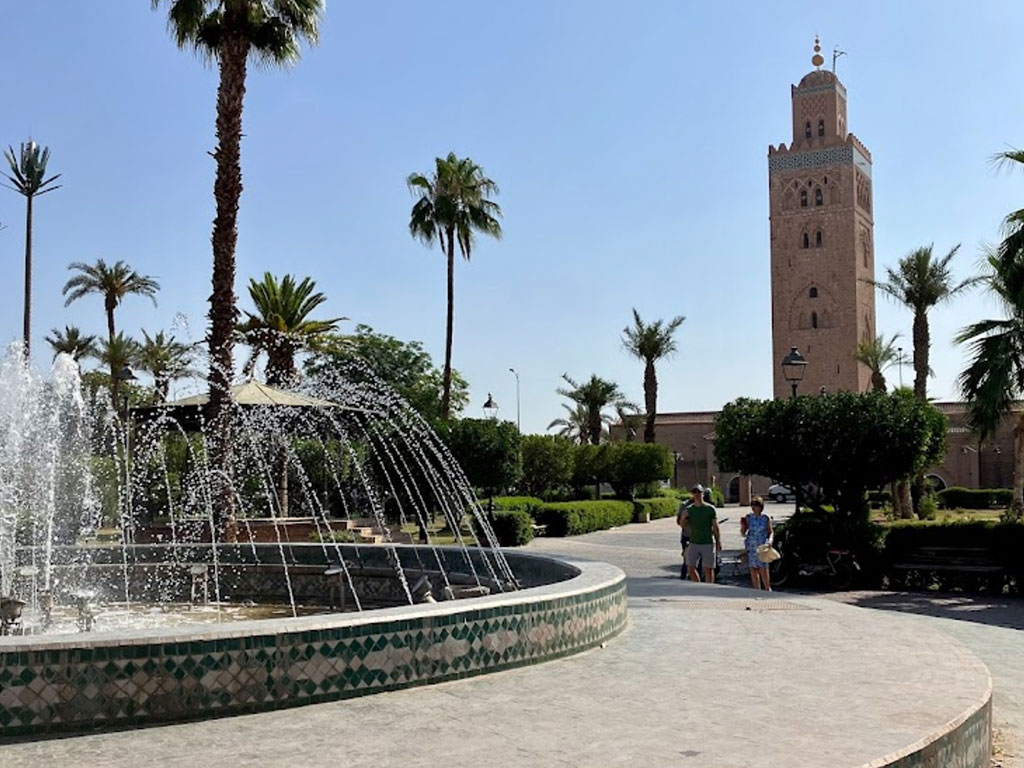
The Koutoubia Mosque, dating back to the 12th century, is not just a religious site but a symbol of Marrakesh’s identity. Its minaret, standing at 77 meters, is a masterpiece of Islamic architecture. The mosque’s gardens offer a peaceful retreat from the city’s hustle and bustle, inviting visitors to reflect on the city’s ancient roots.
Saadian Tombs: Windows into a Royal Past
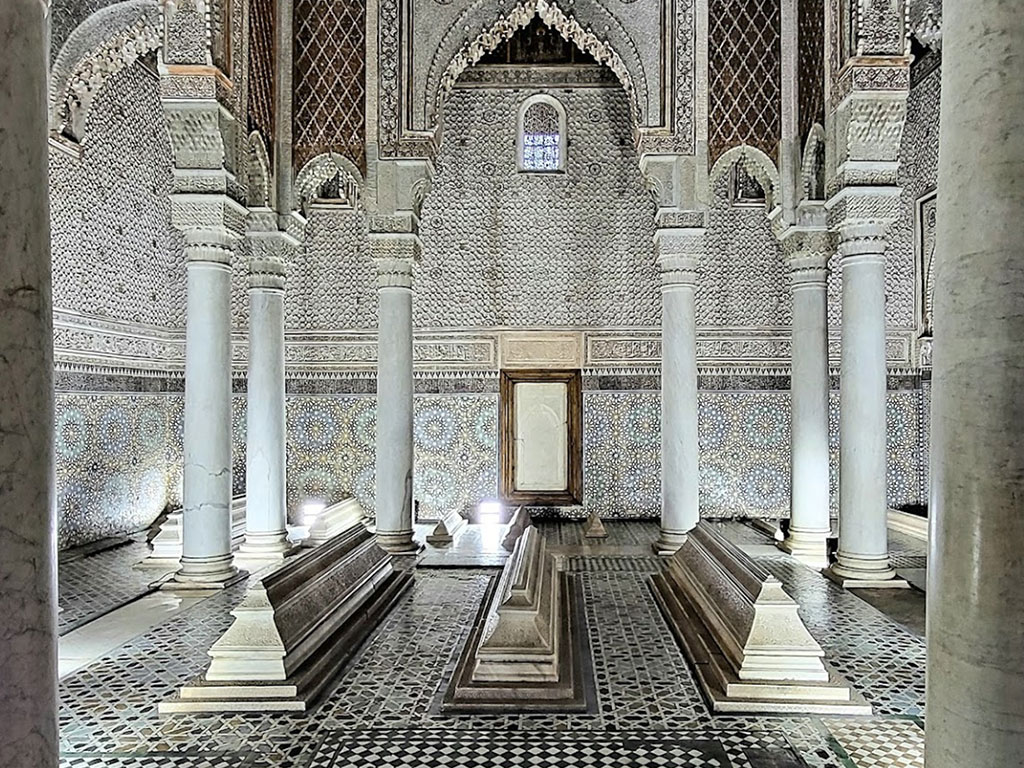
Discovered in 1917, the Saadian Tombs are a marvellous showcase of Moroccan artisanship. Built in the late 16th century, these tombs were intended for the Saadian royalty and their closest advisors. Intricate tile work, carved cedarwood, and ornate stucco make these tombs a must-visit for those intrigued by Morocco’s royal history.
The Lively Heart of Marrakech: Jemaa el-Fnaa and the Souks
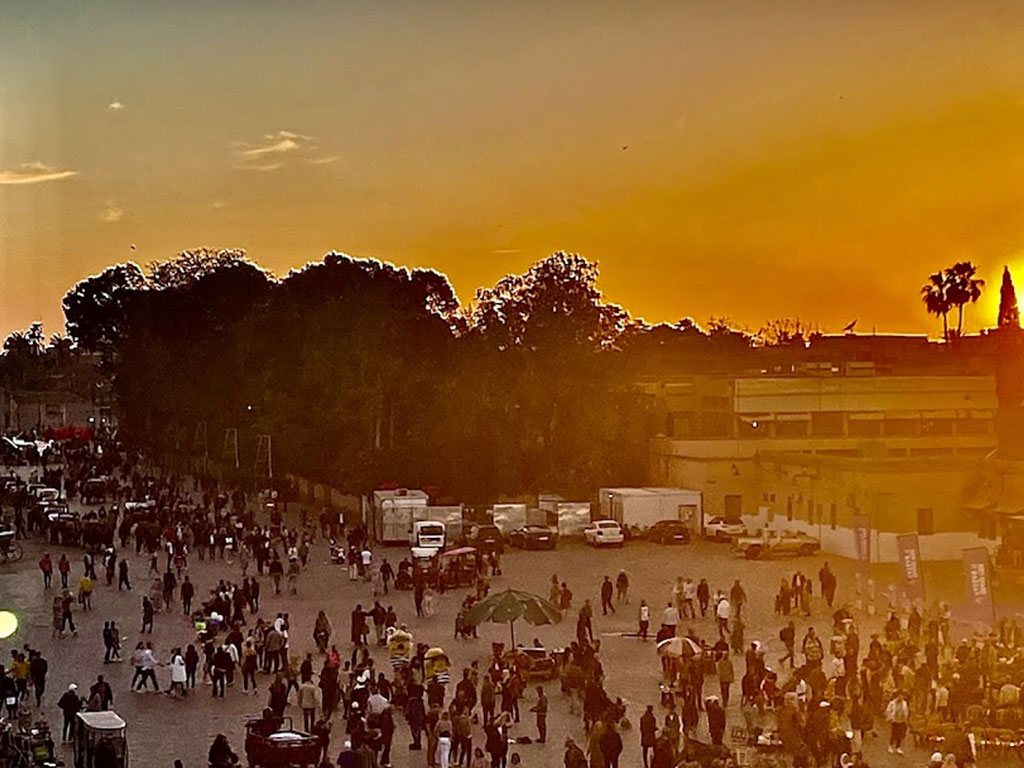
No visit to Marrakesh is complete without experiencing the vibrancy of Jemaa el-Fnaa, the central square and the gateway to the city’s famous souks. As the day unfolds, the square transforms from a bustling market to a theatrical stage, where storytellers, musicians, and performers create an atmosphere of living folklore.
The Souks: A Kaleidoscope of Moroccan Culture
The souks of Marrakesh are a sensory journey through the richness of Moroccan culture. As you wander through these markets, you are engulfed in a world of color, scent, and sound. From the aromatic spice souks to the vibrant textile markets, each turn brings a new discovery. The souks are also home to skilled artisans crafting everything from leather goods to intricate jewelry, offering a glimpse into the city’s thriving artistic heritage.
Navigating the Souks: Tips for the Traveller
- Haggling is Expected: Engage with vendors in the age-old tradition of bargaining. It’s part of the cultural experience and often leads to friendly banter.
- Get Lost, On Purpose: Allow yourself to wander. The souks are a maze, and the joy often lies in the unexpected finds of hidden stalls and workshops.
- Respect the Culture: While photography is tempting, always ask for permission before taking pictures, especially of people.
The Riads: Marrakech’s Hidden Havens
Tucked away within the medina are Marrakech’s riads – traditional Moroccan houses with internal courtyards. Many have been transformed into boutique accommodations, offering a serene escape from the city’s energy. These riads are characterized by their intricate designs, combining Andalusian and Berber influences, with zellige tiles, serene fountains, and lush gardens.
The Architectural Wonders of Marrakesh
Marrakesh’s architecture is a feast for the eyes, with influences from Islamic and Moorish styles. Each building and garden tells a story of the city’s multifaceted history.
Bahia Palace: A Masterpiece of Moroccan Elegance
The Bahia Palace, built in the late 19th century, is a splendid example of Moroccan architecture. Designed to be the greatest palace of its time, it captures the essence of Islamic and Moroccan styles. The palace is a sprawling complex of rooms, courtyards, and gardens, each more impressive than the last.
Ben Youssef Madrasa: An Emblem of Islamic Learning
Once the largest Islamic school in North Africa, the Ben Youssef Madrasa is renowned for its stunning architecture. The madrasa’s courtyard, with its central pool and intricate tile work, is an oasis of calm. The dormitory rooms around the courtyard offer a glimpse into the life of students who once studied here.
Marrakech Beyond the Tourist Trail
While the famous landmarks of Marrakesh are undoubtedly captivating, the city’s true charm often lies in its lesser-known spots.
The Secret Gardens of Marrakesh
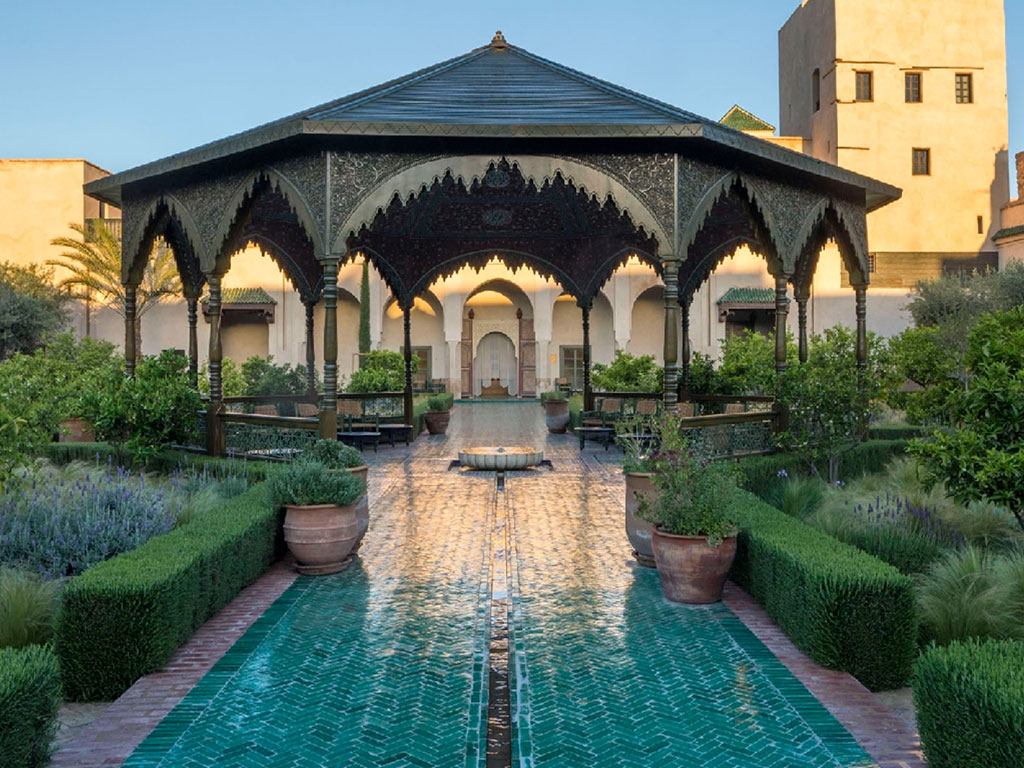
Marrakesh’s gardens are a testament to the city’s mastery of landscape architecture. The Jardin Majorelle, with its vibrant blue accents and exotic plants, is a well-known gem, but there are other gardens worth exploring. The Le Jardin Secret, located in the medina, is a beautifully restored garden offering tranquility amidst the city’s chaos.
The Mellah: A Glimpse into Jewish Heritage
The Mellah, Marrakech’s historic Jewish quarter, provides insight into the city’s multicultural past. The Lazama Synagogue and the Jewish Cemetery are poignant reminders of the once-thriving Jewish community in Marrakesh.
Marrakech’s Culinary Delights: A Taste of Morocco
Moroccan cuisine is a key part of the Marrakesh experience. The city offers a diverse culinary landscape, from high-end restaurants serving traditional Moroccan dishes to street food stalls in Jemaa el-Fnaa.
Street Food in Jemaa el-Fnaa
As night falls, Jemaa el-Fnaa transforms into a vast open-air dining area. Indulge in local favorites like tagine, couscous, and grilled meats. For the adventurous, try local delicacies like snail soup or sheep’s head.
High-End Dining: A Modern Twist on Traditional Flavors
For a more refined dining experience, Marrakesh boasts several restaurants that offer a contemporary twist on traditional Moroccan cuisine. These establishments, often set in beautifully restored riads, offer a fusion of Moroccan flavors with modern culinary techniques.
Practical Information for the Marrakech Traveller
Navigating Marrakesh can be an exhilarating yet challenging experience. Here are some practical tips to enhance your journey:
- Best Time to Visit: Spring (March to May) and fall (September to November) are ideal, with pleasant weather and fewer crowds.
- Getting around: The medina is best explored on foot. Taxis are available for longer distances, as well as private driver services for excursions and tours.
- Respecting Local Customs: Marrakesh is a city of tradition and culture. Dress modestly, especially when visiting religious sites, and always ask before taking photos of people.
- Language: Arabic and Berber are the main languages, but French is widely spoken. English is also common in tourist areas.
- Currency and Payments: The Moroccan Dirham (MAD) is the local currency. While credit cards are accepted in many places, carrying cash is advisable, especially in the souks.
Conclusion: The Enduring Allure of Marrakesh
Marrakesh is not just a destination; it’s an experience. Its vibrant souks, architectural wonders, and hidden corners offer a journey through time and culture. Whether you’re wandering through the ancient medina, savoring the flavors of Moroccan cuisine, or escaping to a tranquil garden, Marrakesh captivates with its unique blend of history, culture, and sensory delights. This city is more than a place to visit – it’s a world to immerse yourself in, a city that stays with you long after you’ve left its red walls behind.
To gain more insight, consider reading further articles focusing on “Chefchaouen” and “Fes“.
www.privatedrivermorocco.Com

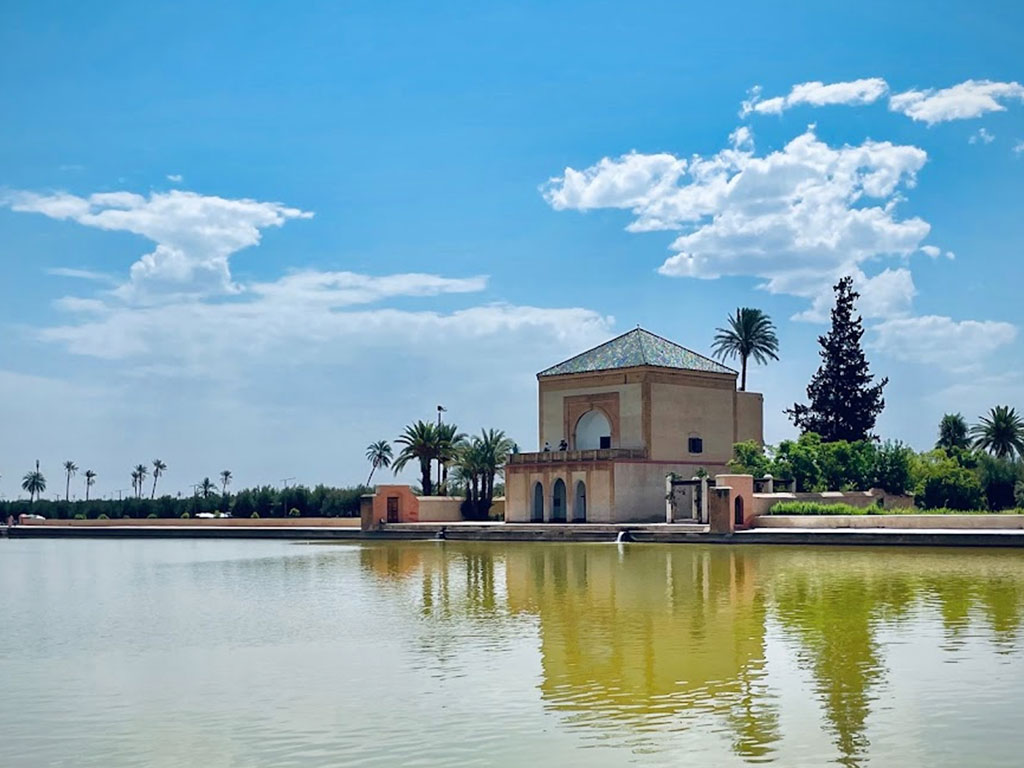


Comments are closed